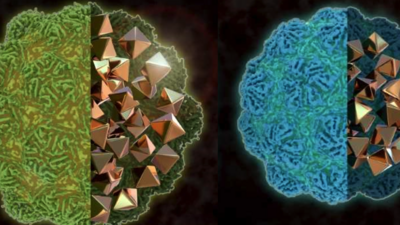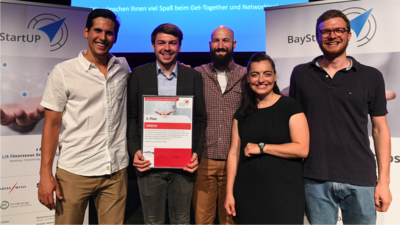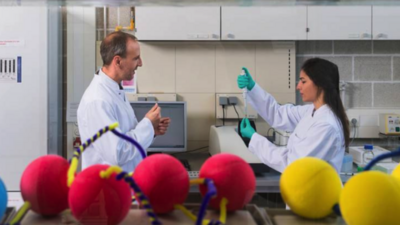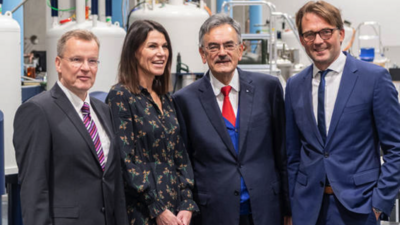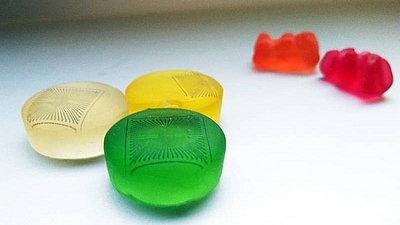Executive Director
Prof. Dr. Franz Pfeiffer
Geschäftsführer
PD Dr.-Ing. Bernhard Gleich
Beauftragter Doctoral Education
Prof. Dr. Werner Hemmert
Studiengangsbeauftragte
Prof. Dr. Julia Herzen
Kontakt Öffentlichkeitsarbeit
presse@bioengineering.tum.de
Kontakt Doctoral Education
docedu@bioengineering.tum.de
Kontakt BEMP-Studiengang
studium@ph.tum.de
Sekretariat
office@bioengineering.tum.de
Tel. +49 89 289 10800
Boltzmannstr. 11
85748 Garching b. München
Deutschland
